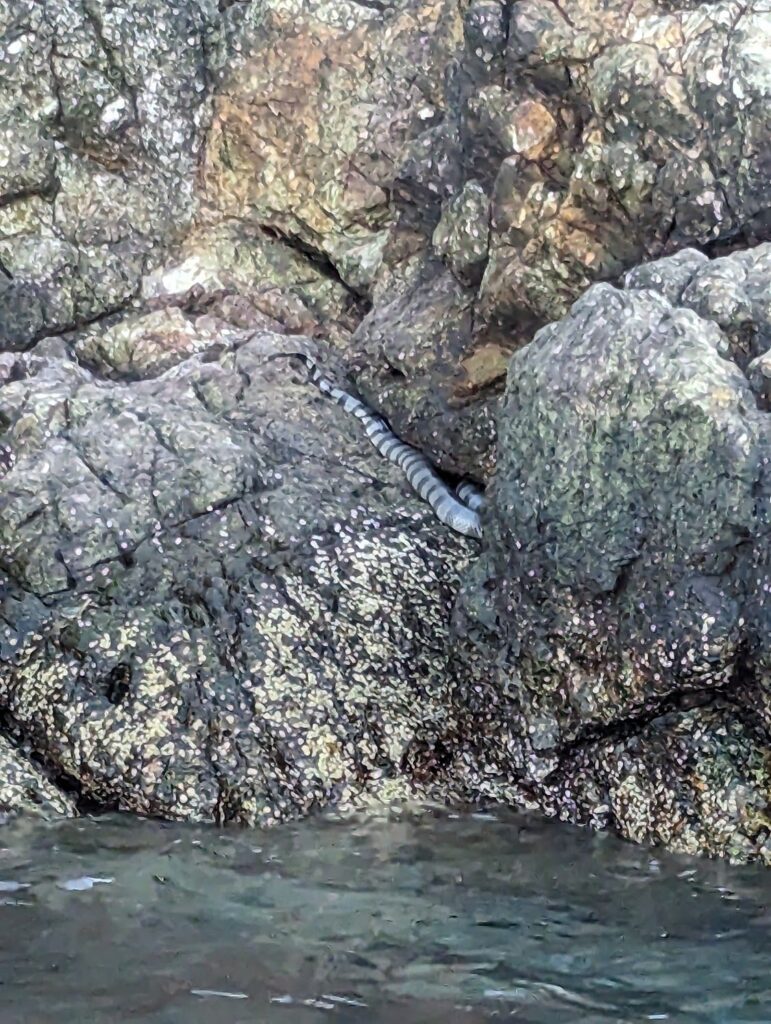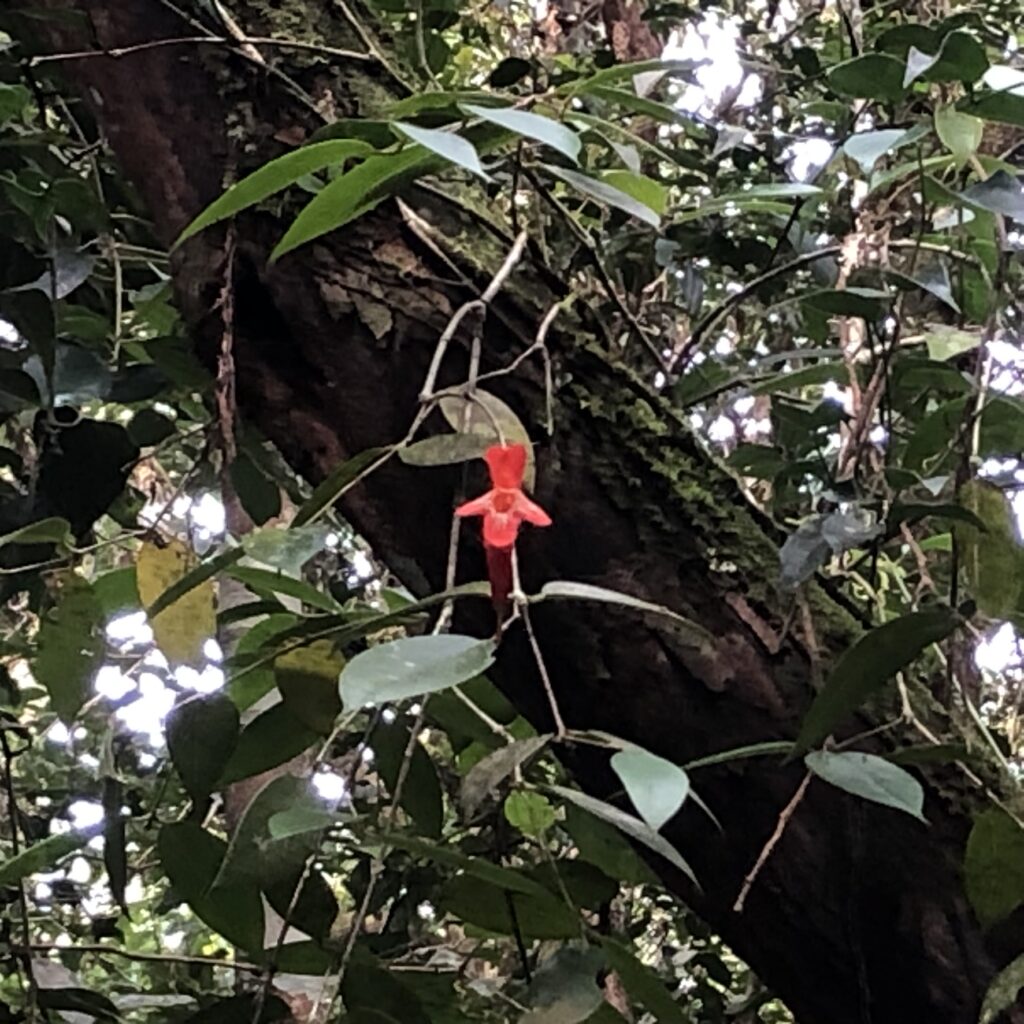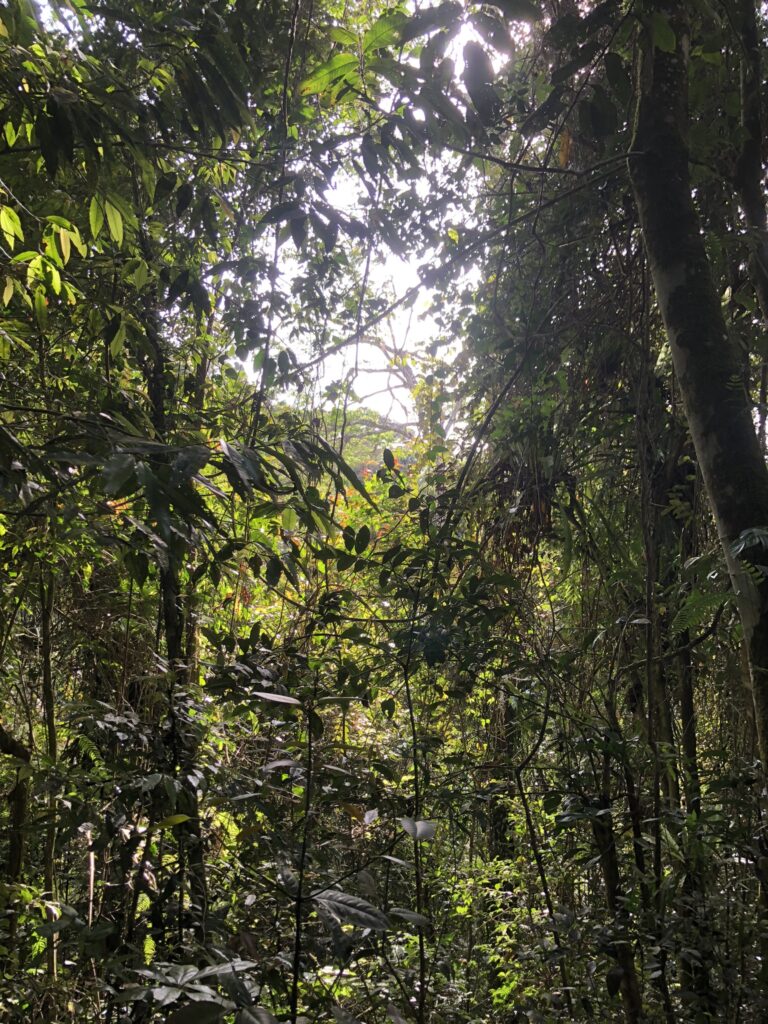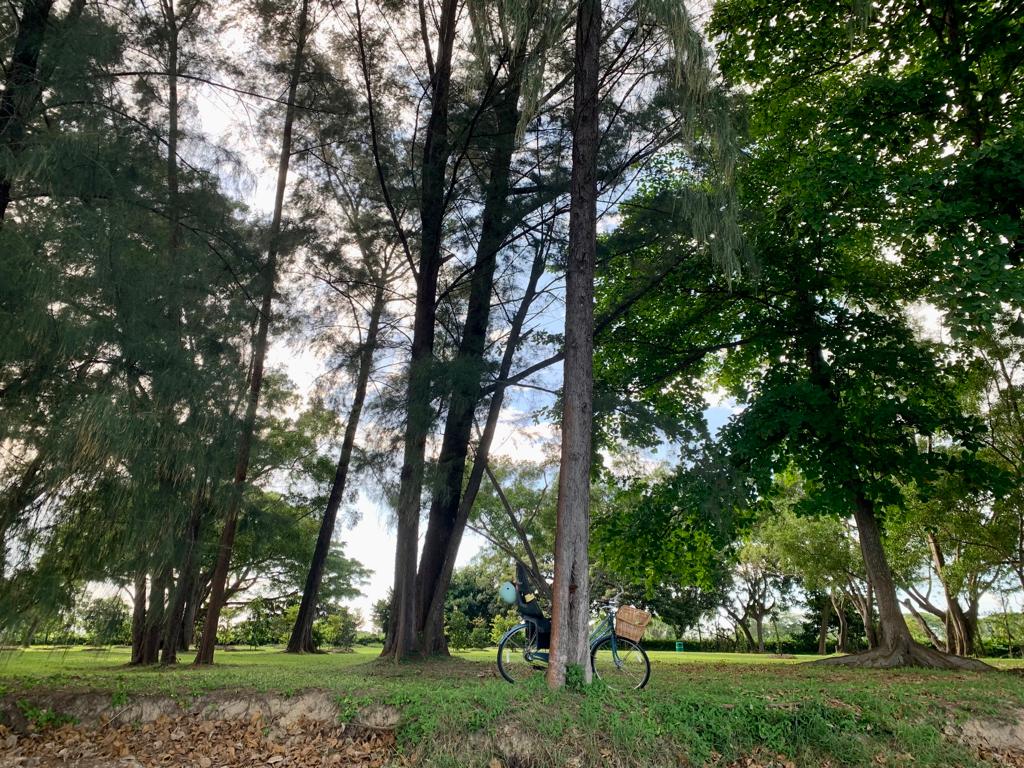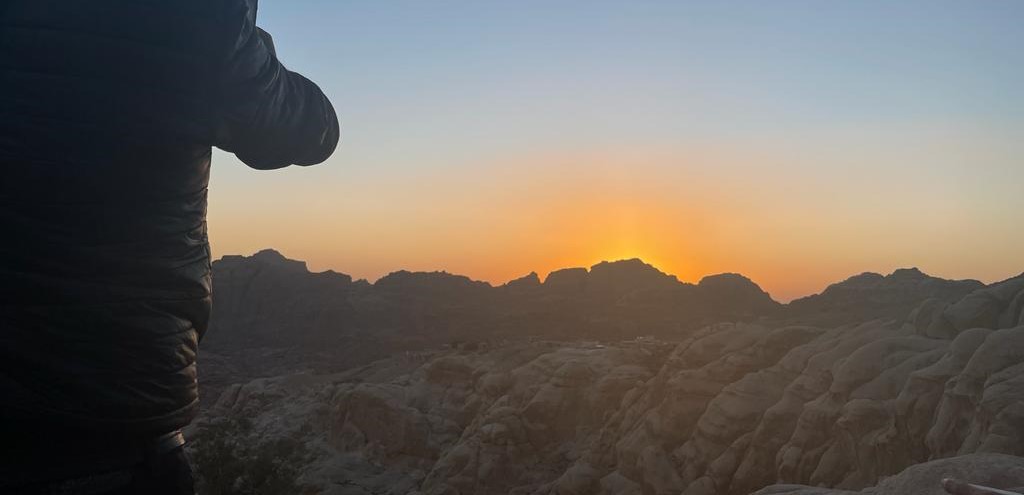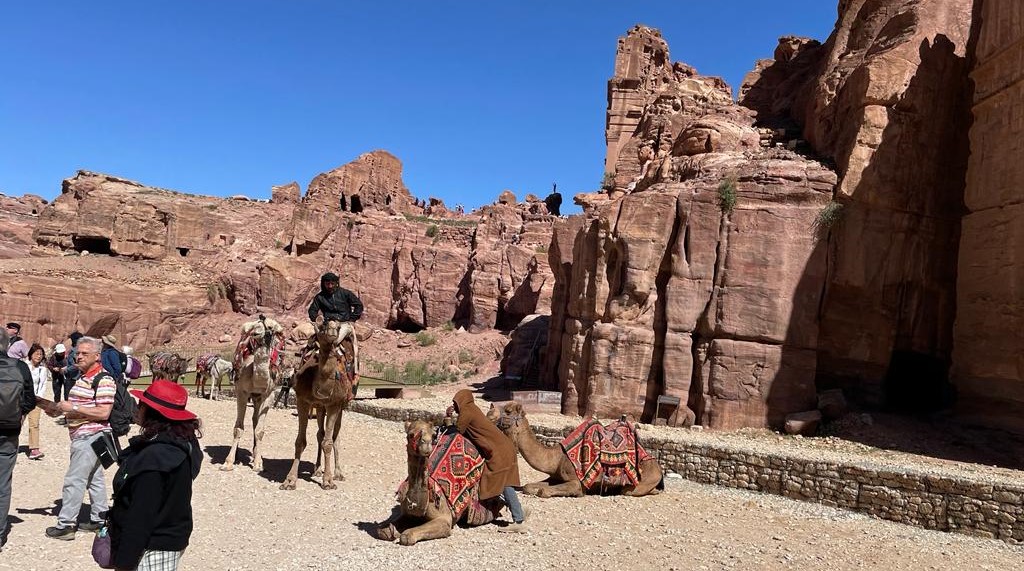“In meditation we practice both building a stronger more powerful self, and dropping, or letting go of the self. This enables us to lead ourselves consciously and strongly though our life challenges, and at the same time strategically put down our sense of self, and relax into the regenerative space arising when we do so”

Dear Integral Meditators,
This week’s article focuses on the self, and using meditation to strengthen it in contrasting but complementary ways. If you enjoy it, then do consider participating in Becoming a self-determining entity – A six-week course in Mindful Self-Leadership which starts this Tuesday & Wednesday evenings.
In the spirit of empowering & letting go,
Toby
Breathing with your power – Empowering & then dropping the self
In meditation we practice both building a stronger more powerful self, and dropping, or letting go of the self. This enables us to lead ourselves consciously and strongly though our life challenges, and at the same time strategically put down our sense of self, and relax into the regenerative space arising when we do so. As well as practising both individually, it is very important to practice the transition between them, so that we can move from one state to the other in a skillful & flexible way at different times during the day. This article explores how to do this.
Step 1: Empowering the self
Centring: Sit comfortably with your spine, neck and head aligned. Spend a little while relaxing and focusing your body-mind by breathing. As you do so breathe through the nose, and down into your lower lungs, so you are connecting your ‘nose to your belly’
Recognizing your self as the centre of your life:
- Breathe into the centre of your torso, somewhere between your chest and solar-plexus. Become aware of your physical body and sensory world, recognize the sense of self that is at the centre of this experience, in the centre of your being.
- Become aware of your mind; thoughts, ideas, feelings and desires. Observe the sense of self that lies at the centre of this experience.
- Recognize that the ‘self’ at the centre of your bodily and mental experience is the primary causal power in what you experience and do in your life. Ideally it should be this self that leads, chooses and decides the path your life takes. If not you, then who else?
- Breathe with this recognition for a while, feeling the power and agency of the self that lies within you
Step 2: Dropping the labels around your ‘self’
This second exercise involves noticing, and then dropping all the labels that you associate with yourself;
- The roles you play in your family
- The roles and titles you have professionally
- Your identification of qualities with yourself eg: strong/weak, masculine feminine and so forth
Drop all these labels that you associate with but that are not you, so that you become a man or woman of no rank or position. You can even drop the label of man, woman, human, and just become a being. Notice that the ‘self’ you now experience is mere presence and being, that you can relax into the spaciousness and freedom of.
Practising the transition
Either of these meditations are good to do by themselves, but it can be nice to alternate between them in a single session, for example over a 20minute meditation you could spend 5 minutes on step 1, five minutes on step 2, and then repeat. This would give you a 20minute practice where you are practicing both positions and the transitions between them.
© Toby Ouvry 2023, you are welcome to use or share this article, but please cite Toby as the source and include reference to his website www.tobyouvry.com
All upcoming classes and workshops at IMA:
Ongoing – Weekly Tuesday, Wednesday Online class schedule
Ongoing on Wednesday’s, 7.30-8.30pm – Wednesday Meditation for stress transformation and positive energy with Toby (Bukit Timah)
Ongoing on Tuesday evenings, 7.30-8.30pm – Tuesday Meditation for stress transformation and positive energy with Toby (East Coast)
Ongoing Tues/Weds, 7.30-8.30pm – Meditations for thriving and energy creation – An eight week course
Starts Tues/Weds, June 13th/14th – Becoming a self-determining entity – A six-week course in Mindful Self-Leadership
Tues 20th/Weds 21st June – Summer solstice balancing & renewing meditation
Saturday June 24th, 9.00am-5pm – Taoist Breathwork Day Meditation Retreat
Integral Meditation Asia
Online Courses * 1:1 Coaching * Books * Live Workshops * Corporate Mindfulness Training *Life-Coaching * Meditation Technology
